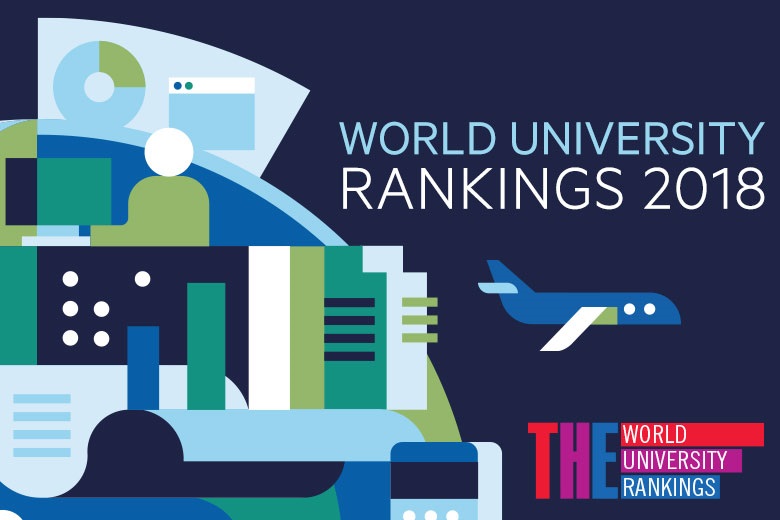World University Rankings 2018
September 6, 2017 | Expert Insights

Chinese universities climb world rankings as the University of Tokyo slips to lowest position ever. Three Asian universities made the top 30 for the first time in an influential ranking of the world’s top 1,000 institutions.
The National University of Singapore moved up two places from last year to tie at No. 22, its best ranking to date while China’s Peking University climbed two spots to tie at No. 27 and Tsinghua University jumped five spots to reach No. 30, according to the Times Higher Education World University Rankings.
Britain’s Oxford University once again topped the list, now in its 14th year, with the University of Cambridge at No. 2 for the first time. The California Institute of Technology and Stanford University tied at No. 3.
World University Rankings
The Times Higher Education World University Rankings list the top 1,000 universities in the world. It is the only global university performance table to judge research-intensive universities across all of their core missions: teaching, research, knowledge transfer and international outlook. They use 13 carefully calibrated performance indicators to provide the most comprehensive and balanced comparisons, trusted by students, academics, university leaders, industry, and governments.
Analysis
The University of Tokyo, Japan’s top institution, fell seven places to No. 46, its worst-ever performance, with researchers attributing the results to a lower proportion of Ph.D.s, a worsening student-staff ratio and falling research productivity due to a decline in funding.
Next in line for Japan was Kyoto University, which tied at No. 74, up 17 places over last year. A total of 71 Japanese institutions were on this year’s list, 14 of which were new entrants.
Nearly all of the US’ top-200 representatives (59 out of 62) faced drops in their research income per academic staff member.
Meanwhile, although Australia has maintained a relatively steady performance, its position in future years may suffer if the government goes ahead with plans to cut funding by 2.5 %, which would result in an A$2.8 billion (£1.7 billion) loss in income across the sector.
Both countries, as well as nations in Europe, face competition from rapidly rising institutions in Asia.
Indian institutes continued to perform poorly in global university rankings with Indian Institute of Science (IISc) Bangalore sliding down. Though IISc remained the top university in India, it was placed in the 251-300 groupings of the best universities, a fall from the 201-250 unit of the previous edition of the ranking.
IISc slid largely due to drops in its research influence score and research income, the ranking survey said. While the Indian Institute of Technology (IIT) Bombay continues to be in the 351-400 band, IIT Delhi and IIT Kanpur have dropped by one grouping—from 401-500 to 501-600.
Assessment
Our assessment is that considering how fast other countries are improving their university systems; it is fantastic and absolutely remarkable to see the rise of China in this year’s table. It demonstrates the way the global higher education landscape is changing. At the same time, it is disappointing that India has declined in The World University Rankings amid increasing global competition.








Comments